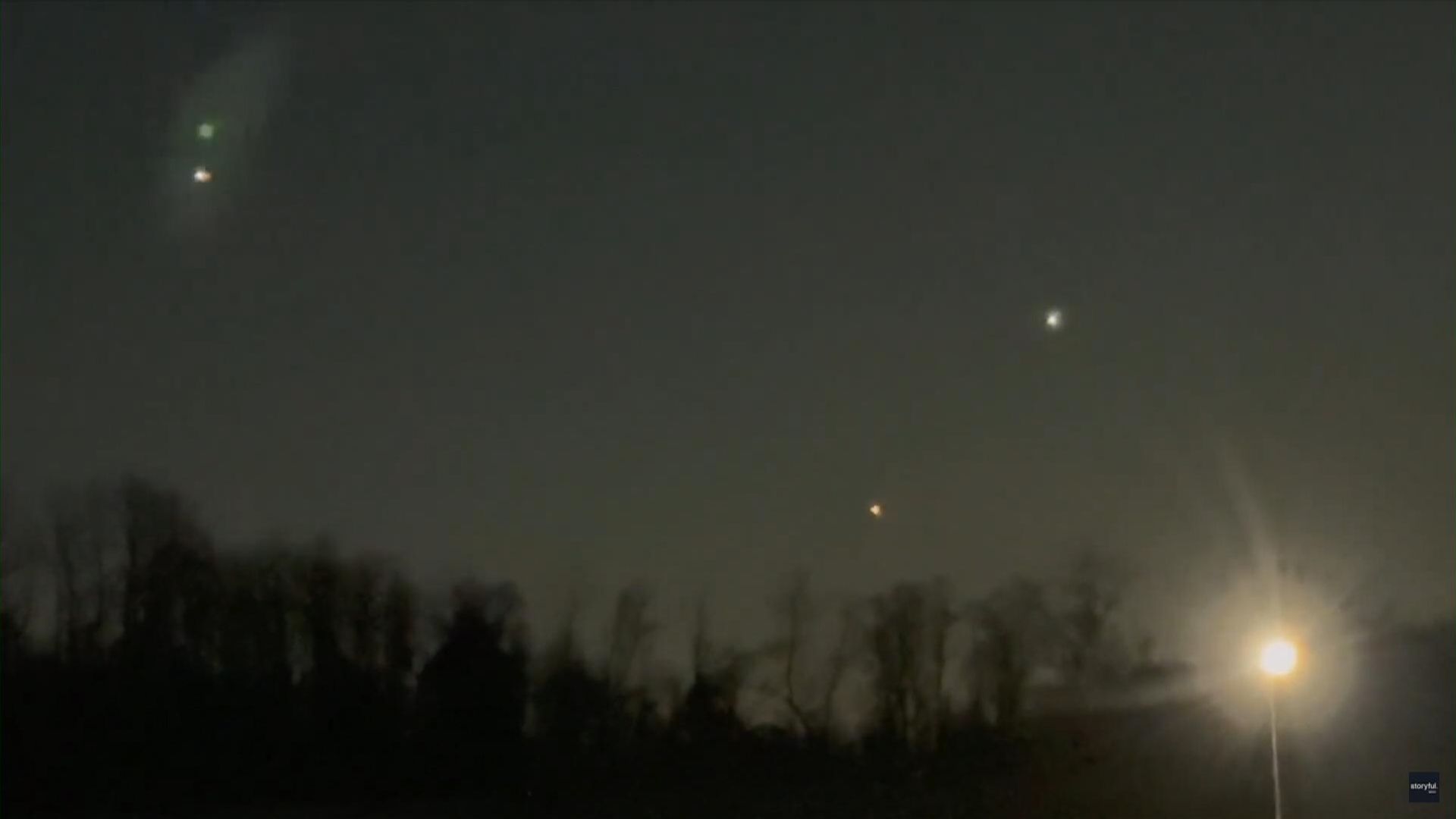
Maine biologists are asking people to send them owl pellets as part of a national study.
Owl pellets can be equated to a cat hairball. When an owl eats its prey, the parts, such as hair and bones, that it cannot digest gather in its gizzard where they are compacted into a pellet. The owl regurgitates or vomits the indigestible pellet.
The owl’s diet includes small mammals, birds, amphibians and invertebrates, according to the Maine Department of Inland Fisheries and Wildlife.
Researchers hope to learn more about owl numbers, what they eat and the health of the birds and of their prey. The information Mainers gather will be added to a national study of owls.
The Maine Owl Project is a collaboration between the Maine Department of Inland Fisheries and Wildlife, University of New England and the U.S. Fish and Wildlife Service.

For this and several other research projects, state biologists rely heavily on community scientists, Maine residents who add their own observations based on forms and instructions the researchers provide. The forms stress that the well-being of the owls takes precedence over the research, and ask community scientists to try not to disturb the birds themselves.
Researchers hope that all of the information gathered will give them a clearer picture of owl biology, habits and habitat, plus raise public awareness about the birds.
More than 3,000 community scientists helped with a 40-year project to document numbers and locations of the state’s amphibians and reptiles. That information will be published next year.
Financing for the owl pellet study comes from the Maine Outdoor Heritage Fund.
Owl pellets will be sent to UNE researcher Zach Olson.












